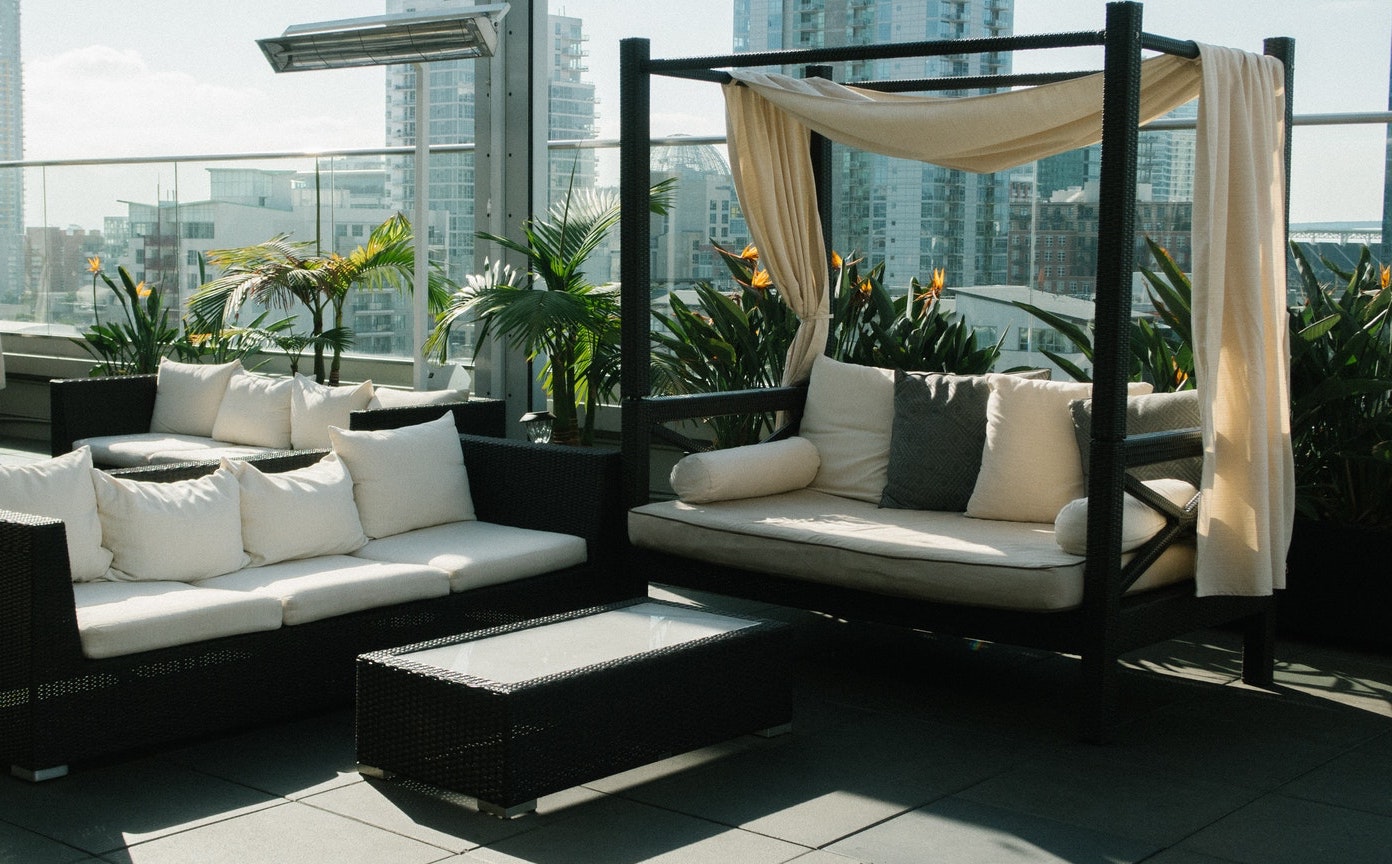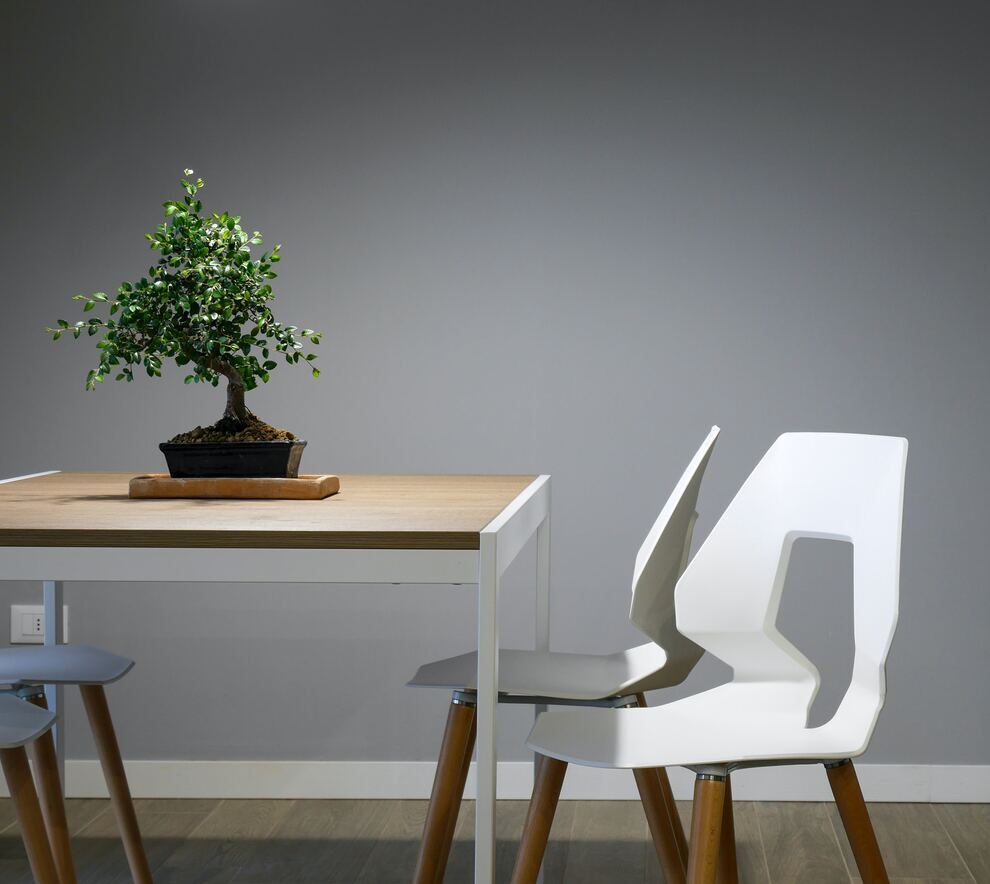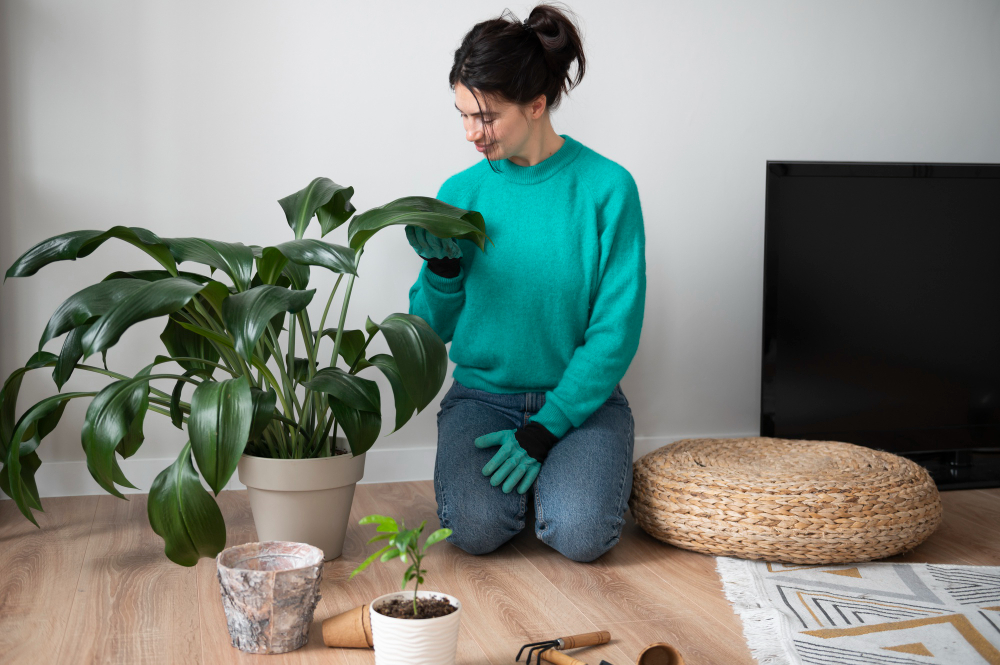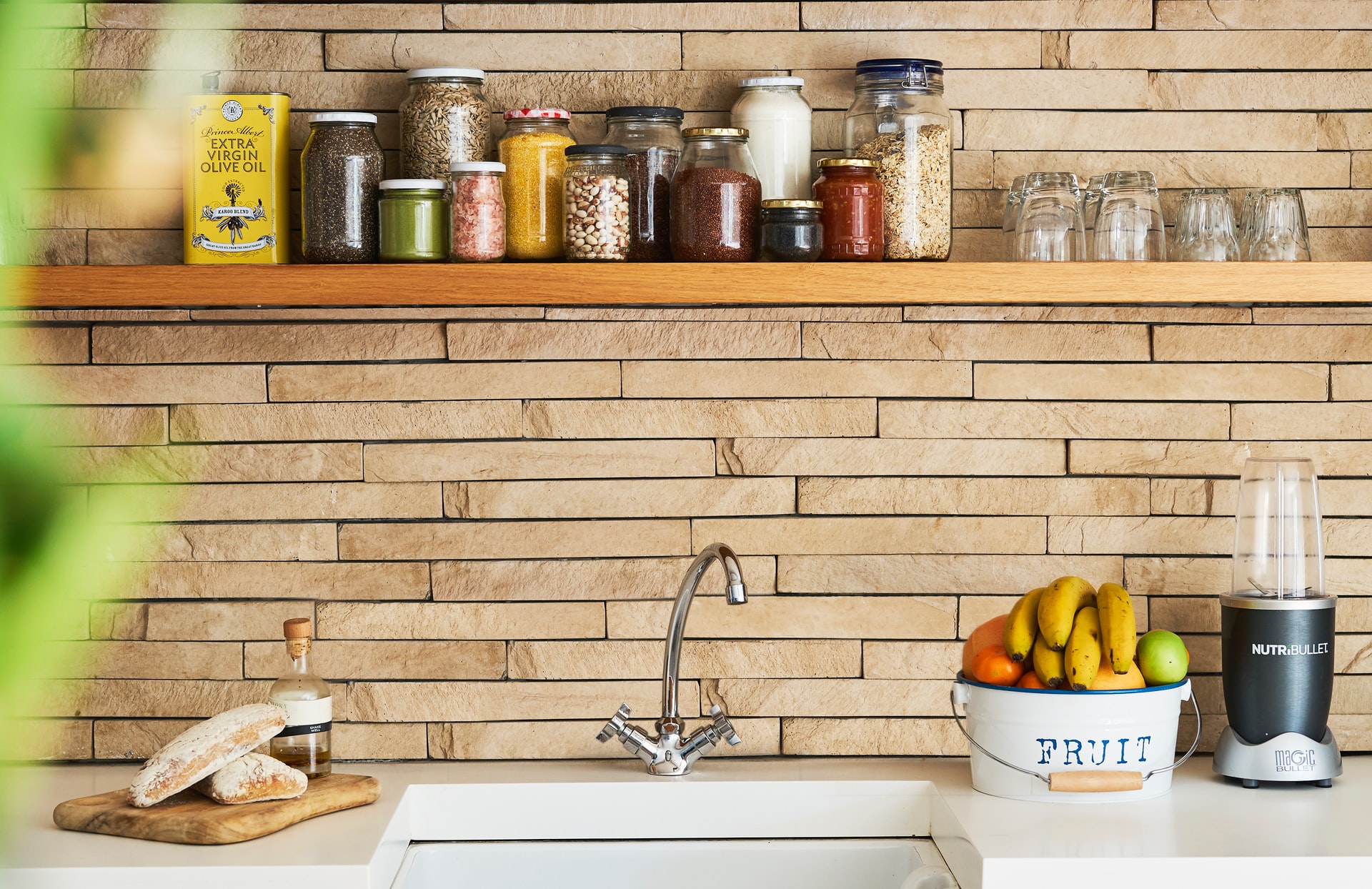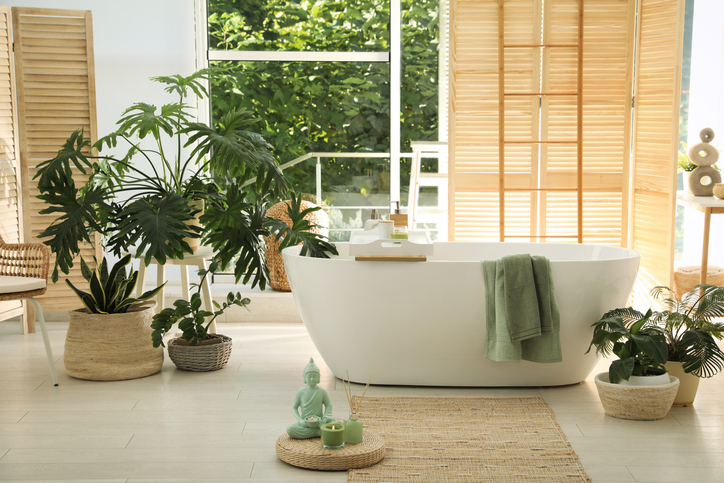If you live in a busy urban setting, having easy access to gardens and green space can be lacking. Thankfully, the rooftop garden trend is taking many cities by storm, providing residents with a great way to enjoy city life and the ability to grow their own fruits and veggies — all on the roof of their buildings. If you’re new to the concept of having a rooftop garden, you’re in luck. Read on to discover how you can design a beautiful, lush rooftop landscape and garden while you take in the city view.
A Brief history of rooftop gardens
Rooftop gardens can be traced all the way back to ancient Mesopotamia, where stone structures provided a cool, shady place adorned with luscious trees and flowers. These common outdoor spaces were built between 4,000 and 600 BC. In fact, the famous Hanging Gardens of Babylon is one of the first examples of a rooftop garden, although there is no archaeological proof that these gardens really existed. A preserved rooftop garden was discovered after the eruption of Mt. Vesuvius and featured a U-shaped terrace with soil on the roof so plants could grow.
Fast-forward to the late 1880s in New York City, where the concept of rooftop gardens began to gain popularity. These beautiful spaces provided a comfortable, lush place in the city for people to gather and socialize. The first official rooftop garden in New York City was located on 39th and Broadway at the Casino Theatre back in 1882. Madison Square Garden once had an impressive rooftop garden, and that’s why it’s still referred to as “the Garden” today. Over the decades, the concept of landscaping and urban gardening on the roof of buildings has become the norm in many cities throughout the United States and the world.
The benefits of having a rooftop garden and landscape
Aside from its visual beauty, there are lots of great benefits to having your own rooftop garden and landscape.
- Growing your own garden is a great way to save money on fresh produce.
- Gardening is a great way to lower your stress levels naturally while spending time in nature and getting some fresh air, which can improve your health and well-being.
- Rooftop gardens can help to absorb noise, resulting in a quieter building so you hear less of the noise and traffic from outside.
- More plants and trees can improve air quality, which is especially important in urban settings.
- Growing an urban garden is a wonderful hobby and a great way to teach your kids about plant life and healthy eating.
- Another great benefit of having a rooftop garden is that with the right plants, you can control pests naturally.
What you’ll need and how to get started
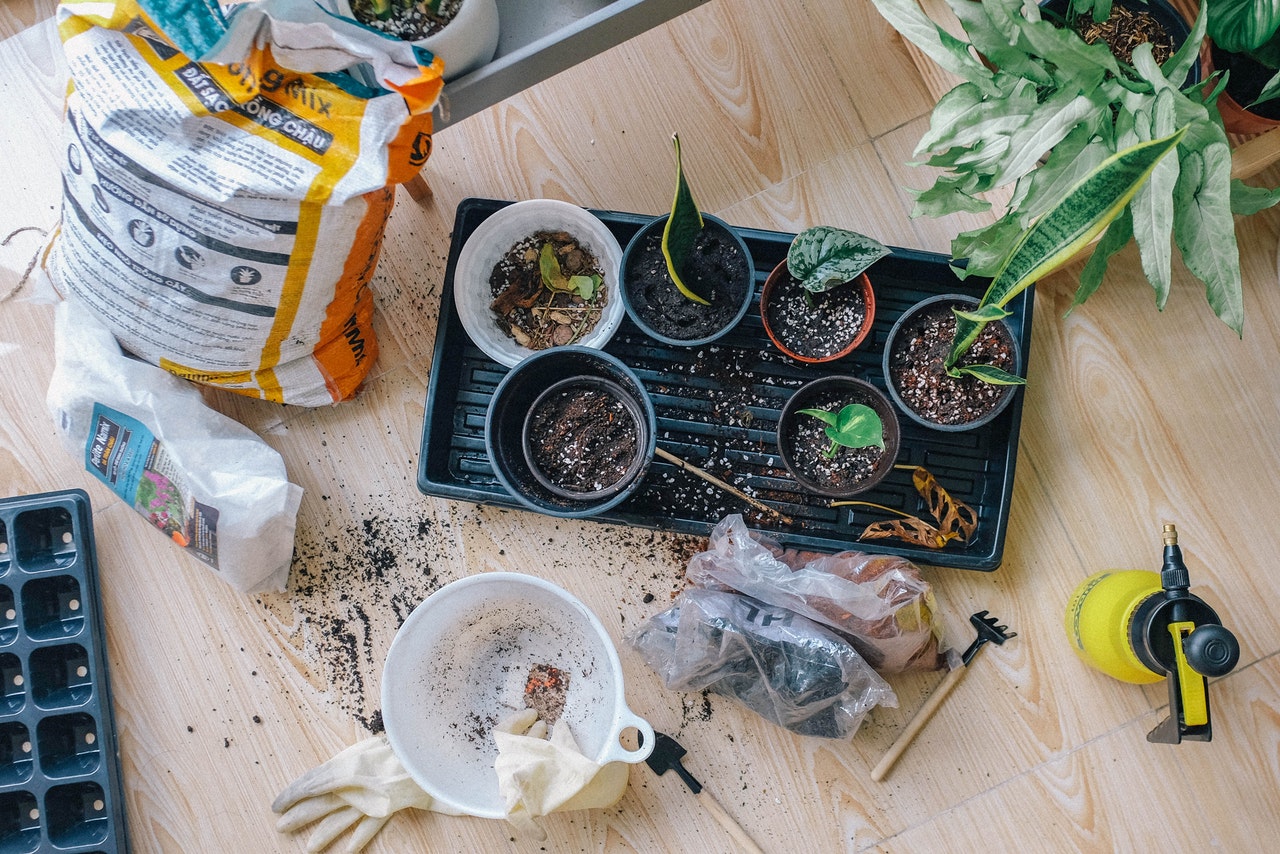
If you’re ready to get started on your own rooftop landscape and garden, here’s what you’ll need to do.
- Before you begin, make sure you have permission from your landlord and that you have all of the necessary permits to grow a roof garden.
- Use lightweight potting soil instead of traditional dirt to reduce the amount of weight on the roof.
- Stock up on seeds, small shrubs, and herbs for your garden. Don’t forget to purchase some organic fertilizer, too.
- You may need to install a waterproof barrier under the dirt before you start planting to protect the roofing from moisture buildup.
- If you’re growing a container garden, choose lightweight pots for your outdoor plants rather than heavy ones made of concrete or ceramic.
- Don’t forget to buy some handygardening tools such as gloves, a spade, a trowel, and a good pair of gardening shears.
Take it up the wall with a vertical garden
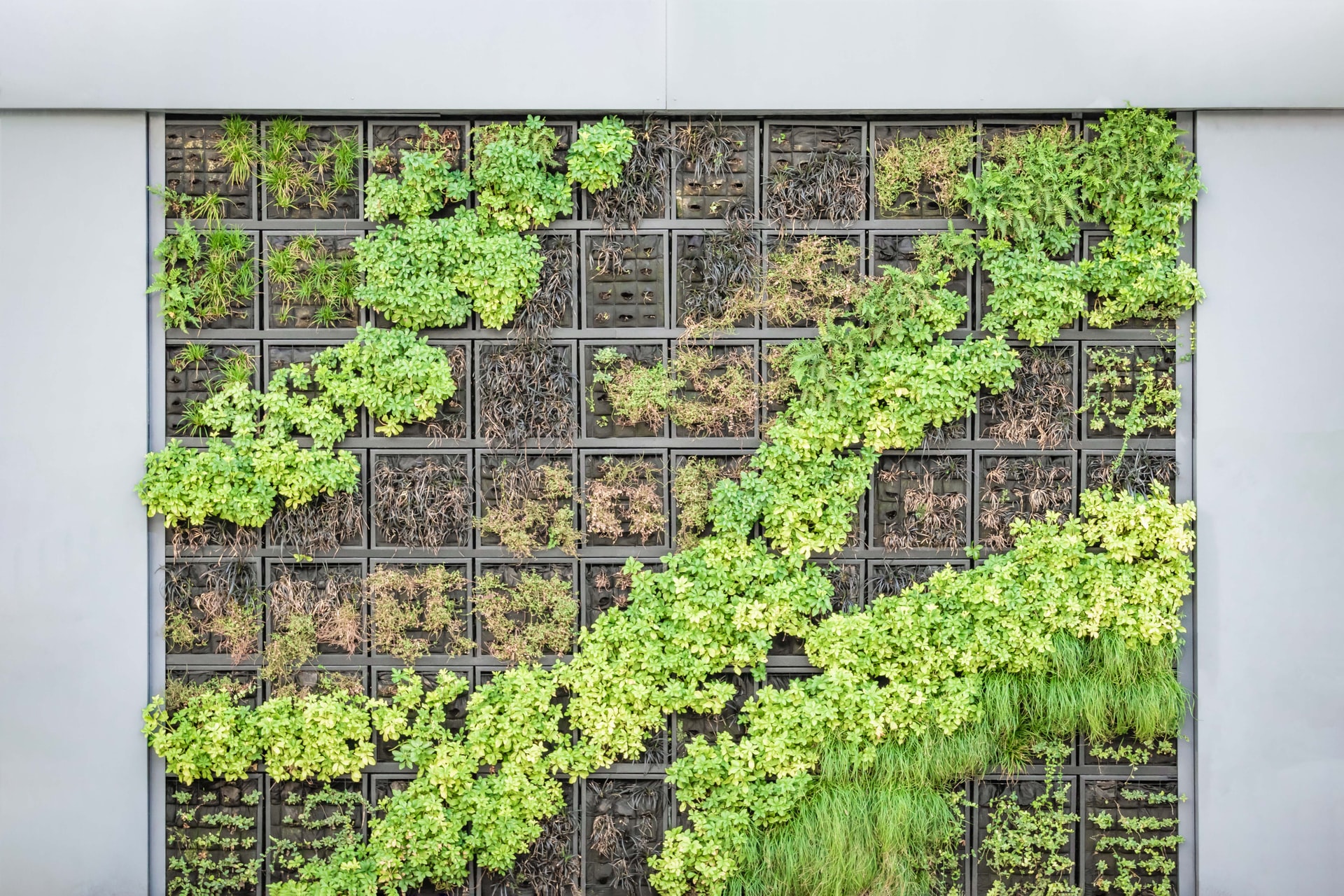
A vertical garden is a great option for a rooftop setting, especially if it’s small. Here are some ways you can use vertical gardens to enhance your rooftop deck.
- Create a plant wall around the perimeter of your rooftop to get more privacy and shade.
- Upcycle old wooden pallets to design vertical pallet gardens throughout the rooftop area. This design can be used to create a few dividers and a “living feature” within a shared rooftop space.
- Use metal screens and wall planters to create your own natural screen. Vines and shrubs do a great job of blocking views from adjacent buildings while providing extra shade.
- Plant tall grasses, another excellent choice to create a living plant wall. Add the grass to containers, and place them around the border of your rooftop deck area.
- Look for tall, slender wall planters that you can attach to a fence or screen for an easy vertical garden that will keep the rest of your rooftop free and open for entertaining.
The best plants and trees for a rooftop garden
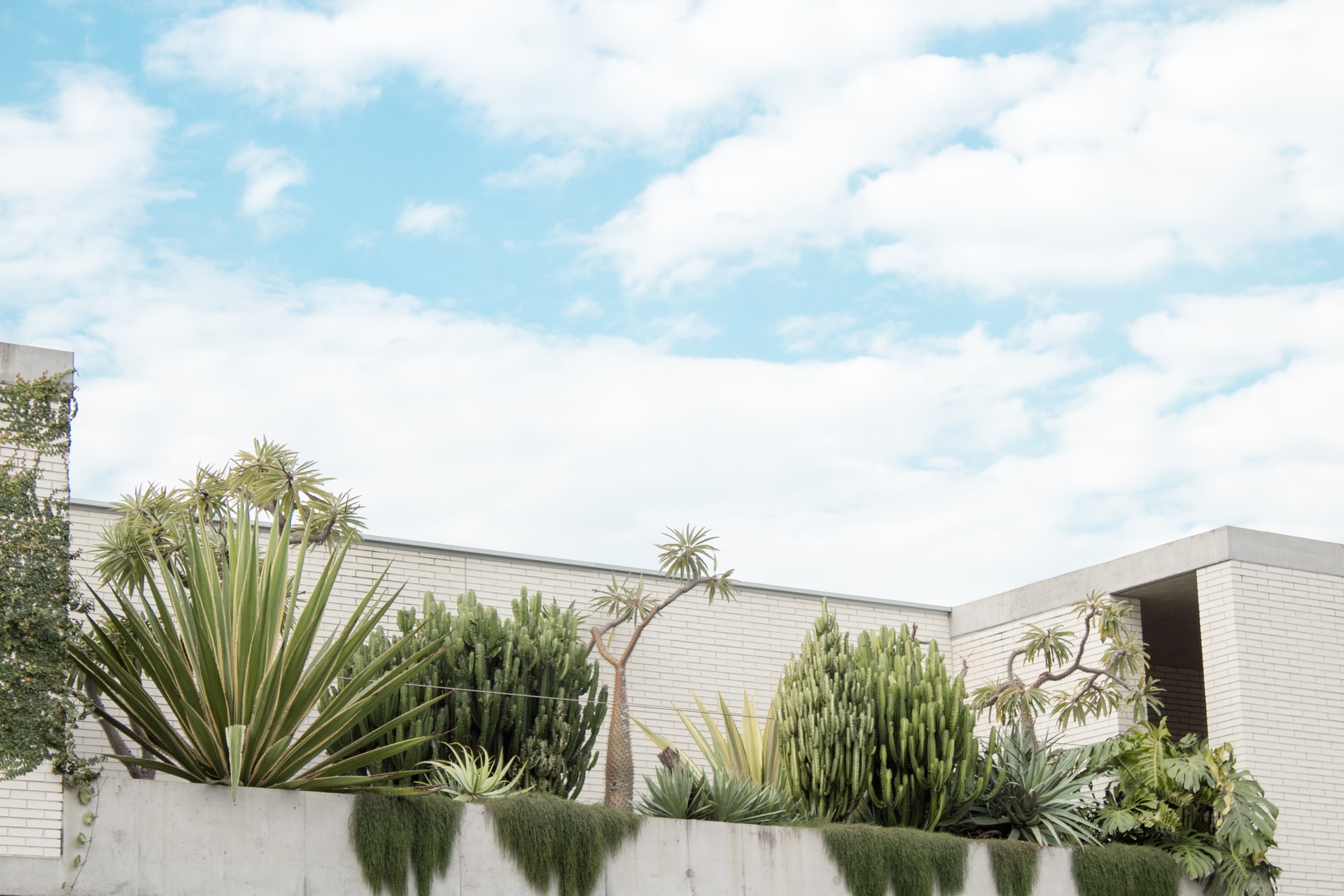
Before you start planting, here are some suggestions for the best trees and plants to grow on your rooftop.
- Consider the Kousa dogwood, a beautiful, small tree that adds luscious blooms to your roof landscape in spring.
- Plant “Blue Star” juniper in containers to create a miniature forest.
- Choose drought-tolerant plants like cacti, succulents, and evergreen trees since these types of outdoor plants require less water.
- Tomatoes and cucumbers are a perfect veggie for rooftop gardens, since they thrive in containers. Other vegetables that do well in containers and pots include beans, carrots, radishes, peas, peppers, and chiles.
Making the most of your rooftop landscape
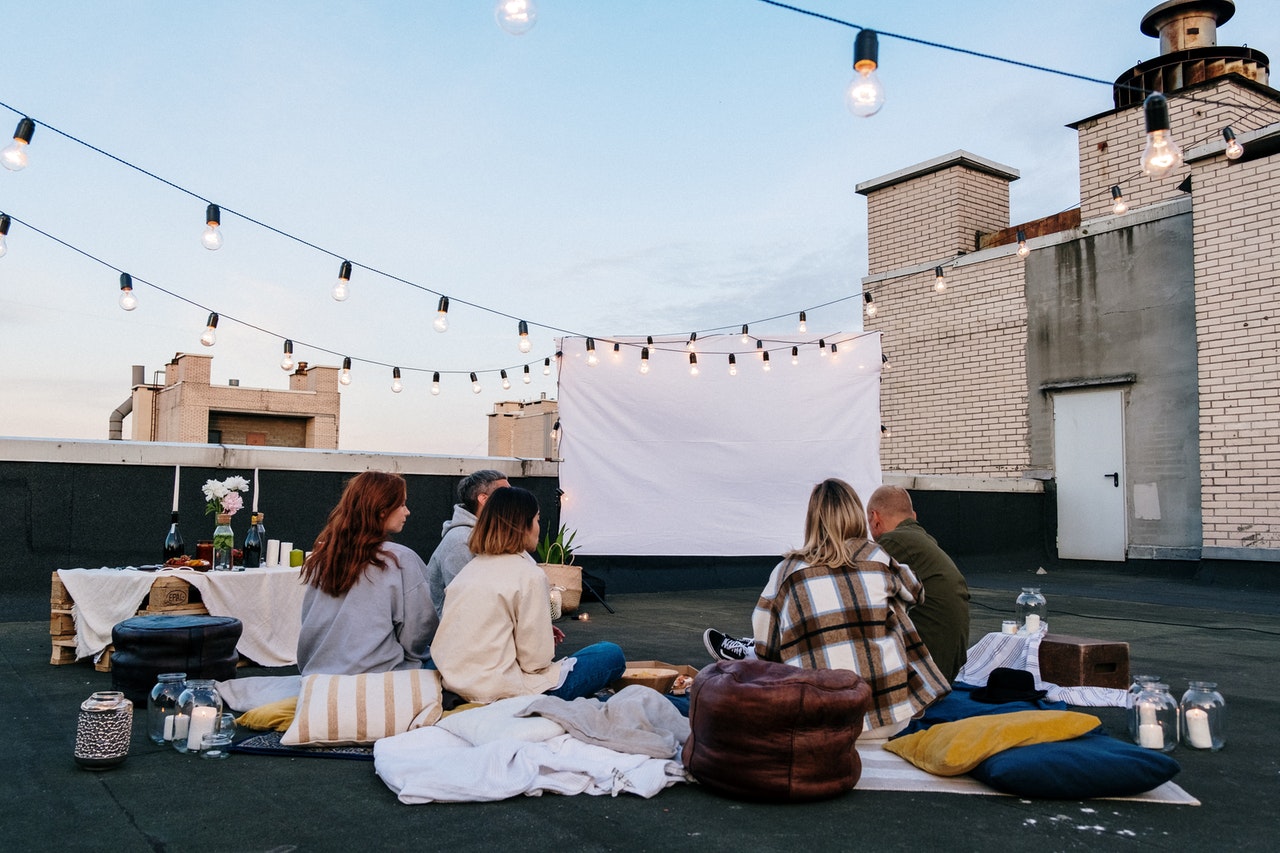
Once you decide which items you want to grow, it’s important to create a beautiful space that you’ll enjoy. Here a few things to consider to get you started.
Decoration. Don’t forget to add some comfortable outdoor furniture like a patio sofa, coffee table, and accent chairs. A nice outdoor dining set is another great option that’s perfect for barbecuing or enjoying breakfast out on the roof. Enhance your new rooftop landscape with outdoor lighting options like string lights or solar stake lights for a warm glow when the sun goes down.
Gardening section. Designate one part of your rooftop solely for gardening. You can do this by creating a raised garden bed or simply by placing your favorite fruits and veggies in pots. Don’t forget to label each plant so you know what you’re growing.
Cooking area. Leave extra room for cooking and dining. A nice grill station with a small pergola is a great way to cook in the shade. Place a bar and some barstools nearby so that everyone has a place to sit down while dinner’s being made.
Rooftop Theater For Movie Nights. On warm summer nights, there’s nothing better than watching a movie on the roof with some friends. Stylize your projector screen by framing it with some potted palm trees. You can even hide the speakers behind or even in the branches of the plant for an immersive outdoor movie watching experience.
Things to keep in mind about rooftop landscaping
Keep these important things in mind when you’re designing your rooftop garden.
Weatherproof accessories. Choose waterproof furniture and decorative items that can withstand inclement weather. You don’t want to constantly worry about moving items off the rooftop whenever it rains. A deck box is a great way to store outdoor throw pillows and accessories to keep them dry.
Shade. Since your roof will get tons of direct sunlight, make sure you have adequate shade. A few patio umbrellas or a gorgeous pergola with a sunshade cloth can be a wonderful source of cooling shade during the hot summer months.
Roof construction. Protect your roof by adding a waterproof barrier and making sure that you use the right type of soil. Never plant directly on top of your roof, but rather use special containers or raised beds. Always make sure you have the proper permits before you start a rooftop landscape or garden to ensure that your building is structurally sound and can handle the extra load.
Water access. Make sure that you have the proper water access so you can take good care of your plants. A direct hose connection is ideal, but you might have to carry water up to the roof in order to water your plants. A drip irrigation system is a highly effective way to provide your plants with a good water source.
Seasonal planting. Plant your rooftop garden and landscape for every season. Look for plants that will thrive through all four seasons for your landscape so you don’t have to continuously replace them. The garden area can be filled with seasonal fruits and vegetables that can be changed out as the weather shifts.
Dos and don’ts
Here are a few rooftop gardening dos and don’ts to remember.
Dos
- Choose the lightest weight pots and containers possible and use quality potting soil instead of traditional dirt.
- Look for drought-tolerant, tough plants that can handle direct sunlight and changing seasons.
- Have fun with the sustainable gardening process while you learn about how to care for vegetables and other plant life.
Don’ts
- Plant so much that you end up blocking the view. A nice perimeter for extra shade is great, but make sure it doesn’t get so tall that you can’t see the city lights.
- Start your garden without the permission of your landlord, the proper permits, and confirmation that it’s safe.
- Forget to pay attention to things like water drainage and sunlight. Understanding these things will ensure that your plants and vegetables live a long, healthy life.
With the right plan and a good design, you can reap the many benefits of having a rooftop garden. Look for tough, drought-tolerant plants that tend to thrive in lots of sunlight. Use vertical gardening to create a nice shade barrier around your rooftop garden without blocking the view. With a bit of practice and some trial and error, you’ll have a stunning roof garden to enjoy in all seasons.
